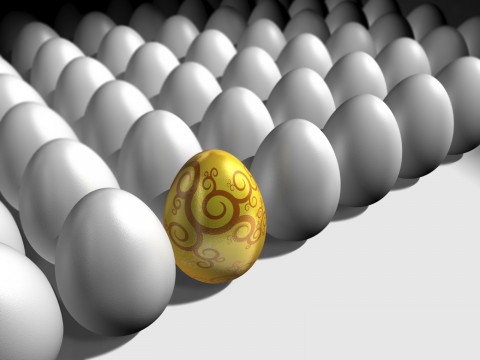
Is Islamabad your next summer holiday destination? Endowed with natural beauty and embellished with well-thought-out and perfectly executed infrastructure, Islamabad remains one of the best tourist attractions in Pakistan. In addition, the city’s cultural diversity marks it with a cosmopolitan hue and makes it the ultimate heaven for tourists.
The city was built in 1960 to become the capital of Pakistan. Despite its youth, the city has its historic value, a few glimpses of which will be provided in this Islamabad travel guide from UrduPod101.com.
Before you travel to Islamabad, it’s crucial that you know the best and most beautiful attractions in this lively city. To give you a hand, we’ll not only outline the top ten places to visit in Islamabad, but also provide you with useful information on the city and a list of Urdu survival phrases.


Table of Contents
- Considerations Before You Go
- 10 Must-Visit Places in Islamabad
- Even More Places to Visit for an Extended Stay
- Urdu Survival Phrases for Travelers
- Conclusion
Considerations Before You Go
We’ll start with a question that many potential tourists ask themselves: “Is it safe to visit Islamabad?” The answer to this question is a very simple “yes.” Islamabad has a steady system of law and order, and the crime rate here is very low compared to that of other global metropolitans.
Why Visit Islamabad?
Islamabad is the federal capital of Pakistan, situated in the Pothohar Plateau 14 kilometers northeast of Rawalpindi. With a population of just over 1.1 million, it’s considered the ninth-largest Pakistani city. It’s famous for its high living and maintenance standards, and the city itself was built with immaculate planning.
While visiting Islamabad, you’ll find greenery everywhere due to its tropical rainy climate. The beautiful Margalla Hills, for example, lend the city a breath of fresh air. Islamabad is a place where you can find modernity inextricable from nature.
Still not convinced this gorgeous city is for you? Read on for more compelling reasons to visit Islamabad!
An Ideal Time to Visit
As an insider, I would encourage you not to worry about finding the “best” time to visit Islamabad. The weather of Islamabad remains moderate most of the year, and bouts of extreme weather are very unusual. I recommend booking your tickets at the earliest. Natural beauty and cultural uniqueness abound any time of year!
Popular Intercity Modes of Transportation
In Islamabad, taxis are the most popular mode of transportation. Other than that, you can also use the Metro Bus Service, which covers most of the areas of Islamabad. Remember to bargain over taxi fare with the taxi driver before hiring, because some of them tend to overcharge foreigners (if not all their passengers).
Language
Though Islamabad accommodates people from all provinces and foreign lands, the Urdu language is a binding factor and is used for most communication and connection among the city’s inhabitants. Since most of Islamabad’s citizens are educated, English is also used as a lingua franca to communicate with foreigners.
Food & Lodging
You can book a hotel at rates of anywhere from 4000 Pakistani rupees (about 25 USD) to 25000 (about 155.50 USD) per night. As for food, you can get a wide variety of Desi, Chinese, and continental food in Islamabad. Dining can be as cheap as 500 PKR (about 3 USD) per meal, or as costly as a Western five-star restaurant.
If you’re a lover of Desi cuisine, don’t forget to visit UrduPod101’s article all about Pakistani Cuisine!
10 Must-Visit Places in Islamabad
Now that you’re equipped with the information you need to make the most of your trip, let’s have a look at the top ten must-visit places in Islamabad.
یادگارِ پاکستان .1 (Yadgar-e-Pakistan) – Pakistan Monument
Inaugurated on March 23, 2007, Pakistan Monument is one of the national monuments of Pakistan. It’s situated on the Western Hills of Shakarparian, has a total area of 2.8 hectares, and features a granite construction.
An average of 1500 tourists visit this site each day, taking in its unique blooming flower shape. Its four chief petals represent the unity of Pakistan. An aerial view of the monument gives the impression of a crescent with a star in its center.

2 (Shah Faisal Masjid) – Shah Faisal Mosque
Shah Faisal Mosque is another must-visit place in Islamabad. You’ll find this mosque on the foothills of the Margalla Hills. The mosque is named after the Saudi King Faisal, who granted $120 million for the construction of this mosque in 1976. The mosque bears a contemporary design inspired by a nomadic tent in an Arabian desert.
The total area of the mosque is approximately 54,000 square feet, including the structure. It’s located on the northern side of Faisal Avenue.

3 (National Art Gallery)
The National Art Gallery is the first of its kind in Pakistan. It’s located in Islamabad, opposite the مجلسِ شوریٰ (Majlis-e-Shoora), or the Parliament of Pakistan, and ایوانِ صدر (Aiwan-e-Sadar), which is the Pakistani President’s House. The gallery is run by پاکستان قومی انجمن فنون (Pakistan Qaumi Anjuman Fanoon), or the Pakistan National Council of Arts.
It covers a nearly 1800-square-yard area with a total of fourteen galleries and areas for display. It also has certain other facilities such as a library, lecture halls, laboratories, and arrangements for workshops. The Pakistan National Council of Arts is well-known for arranging the meritorious events regarding visual arts, performing arts, pictorial exhibitions, etc. If you’re an art-lover, do not miss the opportunity to visit this place. It will add value to your memories.
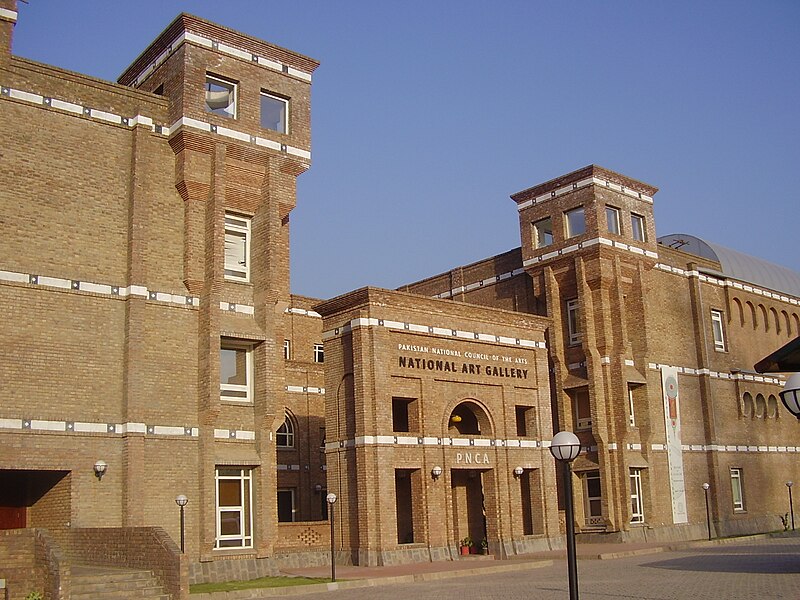
4 (Pakistan Museum of Natural History)
The Pakistan Museum of Natural History is located at the Garden Avenue in Shakarparian, and has been functional since 1976. With a rich collection of over 300,000 objects, it has been divided into four main sections:
- Earth Sciences
- Botanical Sciences Division
- Zoological Sciences Division
- Public Services Division
Today, it’s one of the largest attractions in Islamabad for tourists and locals alike.
The museum is a compendium of information on the subjects of geology, ecology, and the country’s paleontology. It’s also a research center that works under the guidance of the وزارتِ سائنس و ٹیکنالوجی (Wazarat-e-science wa technology), or Ministry of Science and Technology. Every day but Friday, the museum is accessible for all from ten a.m. to five p.m. If you’re curious about natural history, include this place on your Islamabad agenda!
دامنِ کوہ .5 (Daman-e-koh) – Foothill
The phrase Daman-e-Koh is made by combining the two Persian words دامن (daman) and کوہ (Koh), and it means “foothill.” Located on the Margalla Hills, this is a famous viewing point that attracts many visitors who want to enjoy the panoramic view of Pakistan’s capital. From this point, you can capture the full-frame view of Faisal Mosque, Rawal Lake, and Seventh Avenue with the help of already-installed telescopes. It also serves as a midpoint to the place of Pir Sohawa.
Coming across wildlife here is a common event, with monkeys being particularly abundant. Some people have even spotted snow leopards during the season of snowfall.

6 (Lok Virsa Ajaib Ghar) – Lok Virsa Museum
Started in 1974 and gaining autonomy in 2002, لوک ورثہ عجائب گھر (Lok Virsa Ajaib Ghar), or Heritage Museum, is located in Islamabad at the Hills of Shakarparian. The National Institute of Folk and Traditional Heritage runs the museum, which focuses on the subjects of culture and history. It’s a vast complex with an area of 60,000 square feet and the capacity to hold 3000 visitors simultaneously.
Among its major departments are:
- Pakistan National Museum of Ethnology
- Lok Virsa Library
- Virsa Research and Publication Center
- Virsa Media Center
- Sufi and Shrines Hall
This is a great source for learning about the folklore, folk music, anthropology, folk history, arts, and so on, of Pakistan. You’ll also be able to see a great collection of Pakistani jewelry, embroidery, pottery, textiles, and statues. Your trip to Islamabad should absolutely include this gem of a museum, especially if you want to explore the Pakistani folk realm.

7 (Said Pur Gaon) – Said Pur Village
With a 500-year-old history, Said Pur Village has been influenced by the Muslim, Sikh, and Hindu eras. The village is situated on the Hills of Margalla in the city of Islamabad. This location has been mentioned in the biography of the famous Mughal emperor Jahangir in Tuzk-e-Jahangiri.
During the Mughal reign, the village was named after Sultan Said Khan, the son of Sultan Sarang Khan. The latter was the lord of the region of the Pothohar.
Due to its richness in cultural terms, the Government of Pakistan has given concentrated efforts to restore and maintain its ancient grandeur. The goal is to make it an attraction for tourists visiting Islamabad from different corners of the world.
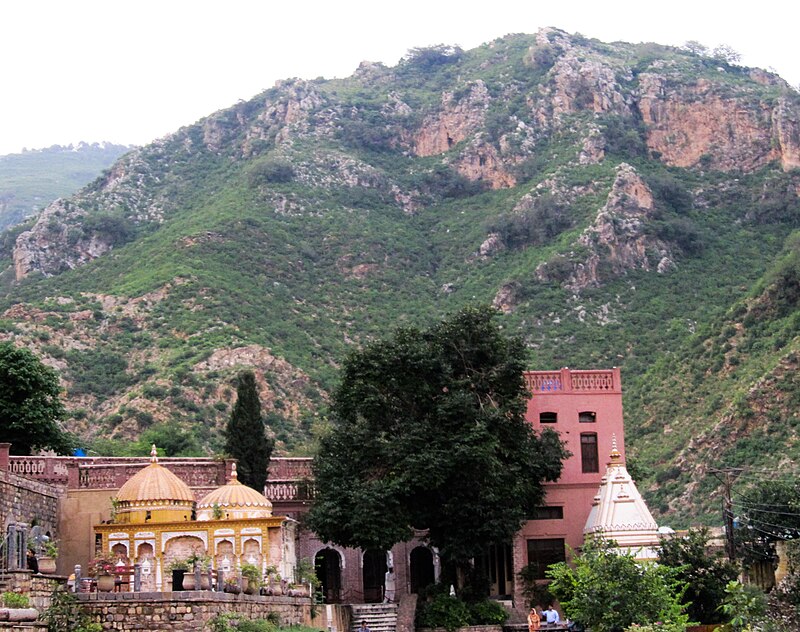
8 (Islamabad Chirrya Ghar) – Islamabad Zoo
If you love animals and want to spend some quality time with the indigenous species, mark the Zoo of Islamabad as a place to visit during your visit to Pakistan. It covers an area of approximately 82 acres in the Hills of Margalla and has a huge collection of birds and animals. In the past, it provided a natural habitat for wildlife, but it has been converted into a zoo for the public.
Roaring wild animals and enchanting fowls are waiting to entertain you and keep you company at the Zoo of Islamabad. Go visit them!
راول جھیل .9 (Rawal Jheel) – Rawal Lake
Covering an area of 8.8 kilometers, Rawal Lake is a water reservoir. A few small streams and the River of Korang contribute to making this artificial reservoir sufficient for the water requirements of the twin cities (Islamabad and Rawalpindi). It’s located in the Hills of Margalla and also touches the premises of the Bani Gala and the villages of Malpur.
It’s a famous picnic spot with heavy flowery plantations. You can enjoy boating and fishing here, and you may even see some rare wildlife species such as jungle cats, wild boars, foxes, jackals, and some poisonous reptiles like the Indian cobra.
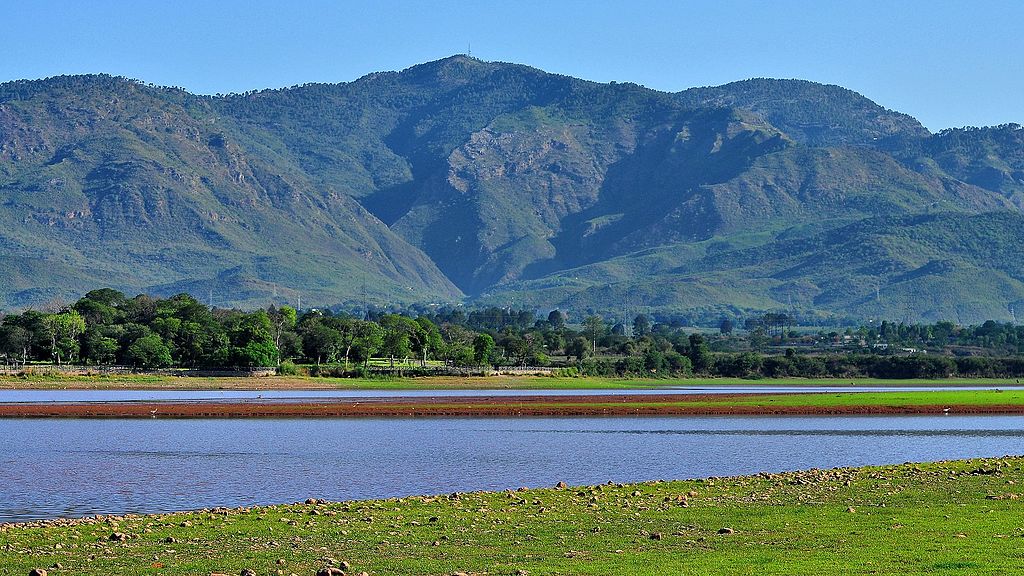
10 (Shahdara Valley)
The Valley of Shahdara is also located in the Hills of Margalla, and it lies at a distance of 10 kilometers from the official residence of the president of Pakistan (Aiwan-e-Sadar). The residents of this valley largely speak Potohari, though they can understand and speak Urdu and Punjabi as well.
It’s full of natural beauty with green hilltops, agricultural planes, natural meadows, and flowing water rills. If you want to return to your country regret-free, do not exclude Shahdara Valley from your list of must-visit places in Islamabad.
Even More Places to Visit for an Extended Stay
Are you going to be spending a little longer in Pakistan and have some extra cash to spend? Great! Here are our recommendations on where to visit in Islamabad for an extended stay.
سملی ڈیم (Simli Dam)
Nineteen miles east of the city of Islamabad, on the Soan River, lies the Simli Dam. This is the drinking water reservoir of Rawalpindi and Islamabad, which gets its water from the melting snow of the Murree Hills. It’s 260 feet high and became functional in 1982. This is a good tourist resort for travelers, so make sure to put it on your list!
شاہ اللہ دتہ کیوز (Shah Allah Ditta Caves)
Shah Allah Ditta is an ancient village located in Islamabad in the Hills of Margalla, and also functions as the union council of the city of Islamabad. Its history dates back many centuries, as it’s thought to have existed for more than seven hundred years. Its remnants and relics of the Budh culture attract visitors from all over the world.
فاطمہ جناح باغ (Fatima Jinnah Bagh) – Fatima Jinnah Park
Also known as Capital Park and F-9 Park, Fatima Jinnah Park occupies an area of 750 acres. This public park is named after the مادرِ ملت (Madar-e-millat), or Mother of Nation, Fatima Jinnah. This is one of the best parks to visit in Islamabad if you have enough time during your stay.
Urdu Survival Phrases for Travelers
When visiting a foreign land, it’s always useful to have a set of phrases and sentences in the native language. They can save you trouble and money under numerous circumstances. To give you a head start, here are some useful Urdu survival phrases that you can use as needed.
السلامُ علیکم
(Assalam-u-alaikum.)
Hello.
صبح بخیر
(Subha Bakhair.)
Good morning.
اللہ حافظ
(Allah Hafiz.)
Goodbye.
شکریہ
(Shukriya.)
Thank you.
معاف کیجئے گا۔
(Maaf Kijiye ga.)
Excuse me.
میں معافی چاہتا/چاہتی ہوں۔
(Main Maafi chahta/chahti hun.)
I am sorry.
بیت الخلاء کہاں ہے؟
(Baitul Khala Kahan Hai?)
Where is the restroom?
براہِ مہربانی کیا آپ دُہرا سکتے ہیں؟
(Barah-e-meharbani kya aap dohra sakte hain?)
Can you repeat it, please?
براہِ مہربانی، ذرا آہستہ۔
(Barah-e-meharbani, zara aahista.)
A bit slower, please.
معاف کیجئے، مجھے سمجھ نہیں آئی۔
(Maaf kijiye, mujhe samajh nahi aayi.)
I am sorry, I couldn’t understand.
کیا آپ انگلش بولتے ہیں؟
(Kia aap English bolte hain?)
Do you speak English?
In addition to learning these survival phrases, we recommend checking out our lesson on the 20 Travel Phrases You Should Know on UrduPod101.com.
Conclusion
In this article, you’ve learned tons of useful information to help you plan your visit to Islamabad: the best time to visit, what to expect weather-wise, the best places to see, and much more.
Are you ready to pack your bags and book your ticket to Islamabad? Are you excited to explore the beauty and cultural heritage of this magnificent city?
If so, you’re in for the experience of a lifetime. But it’s okay if you’re not quite feeling up to the task yet. Feel free to leave us a comment with any questions you still have about Islamabad or Pakistan in general. We’re always glad to help!
Also, remember to visit UrduPod101.com to hone your Urdu language skills. Our website is a rich repository of Urdu language learning resources with pages on Urdu vocabulary, pronunciation, grammar, and more—all designed to develop your integrated language skills and help you benefit from them in real-life situations.
Very Happy Urdu Learning!





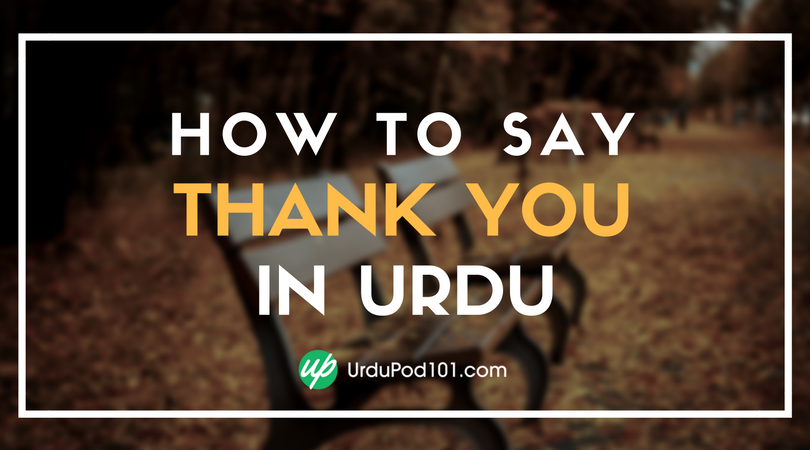







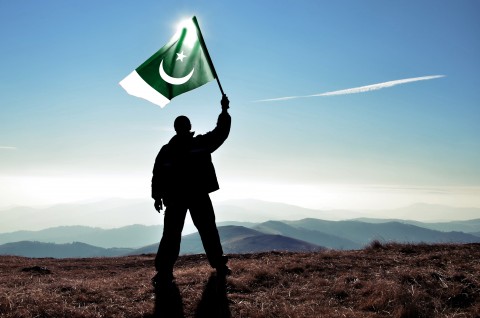

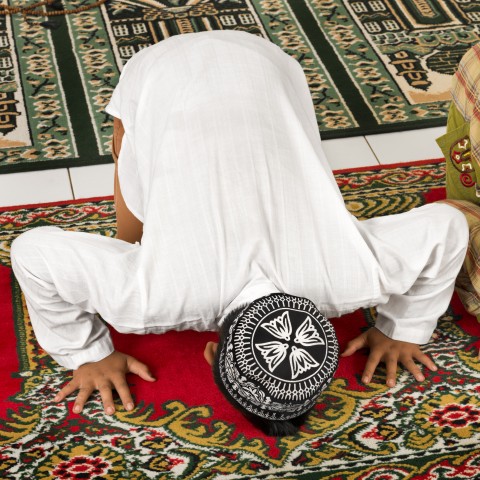
![Baisakhi: A Cultural Festival [Mela] of Punjab](http://wordlist.languagepod101.com/wordlist/media/27802&v=medium.jpg)

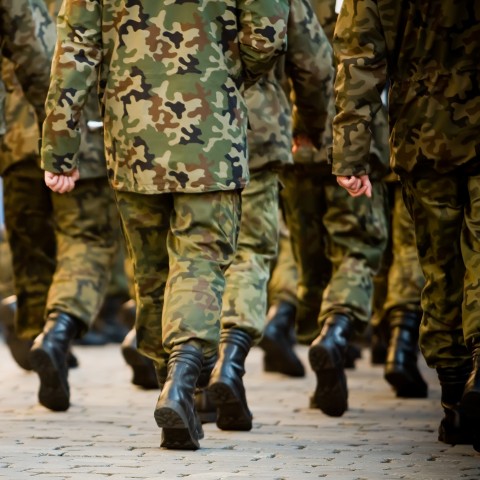

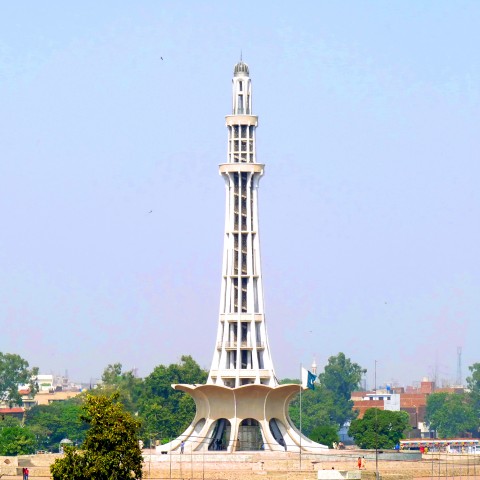
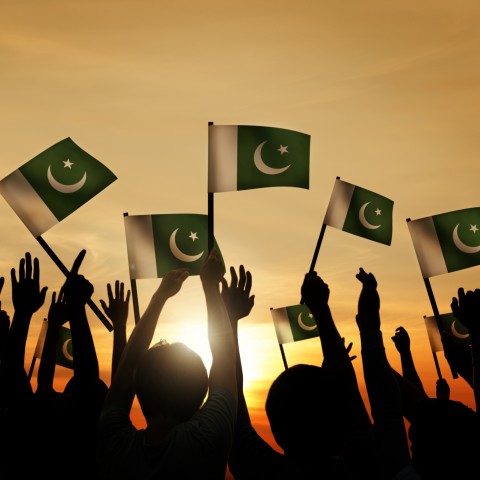
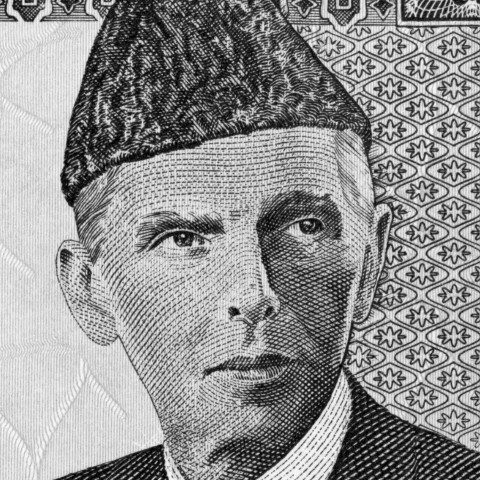
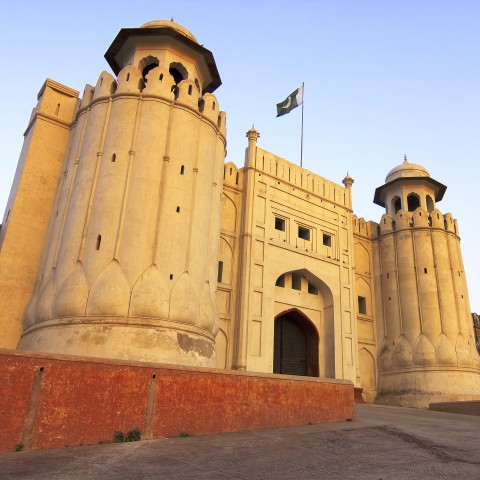
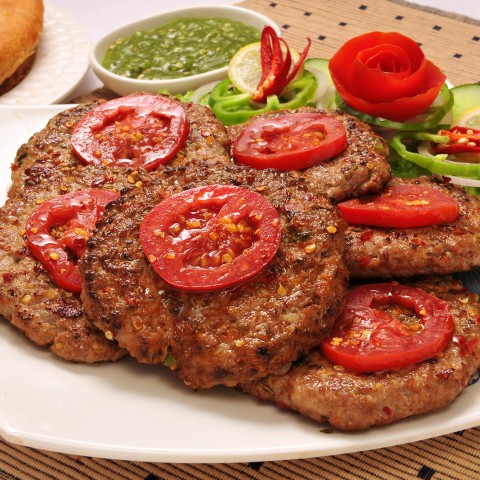
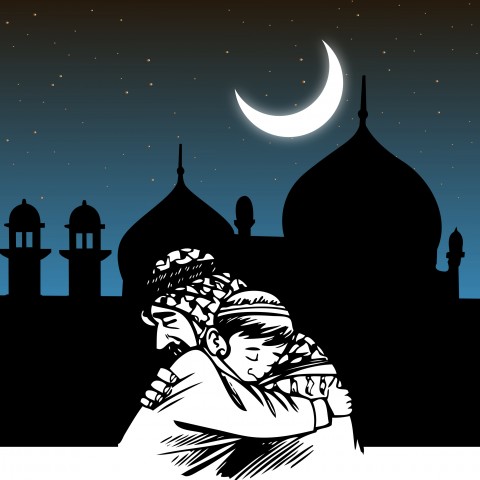
![The Mosque of Holy Prophet Hazrat Muhammad [Peace Be Upon Him]](https://wordlist.languagepod101.com/wordlist/media/24982&v=medium.jpg)

 Table of Contents
Table of Contents

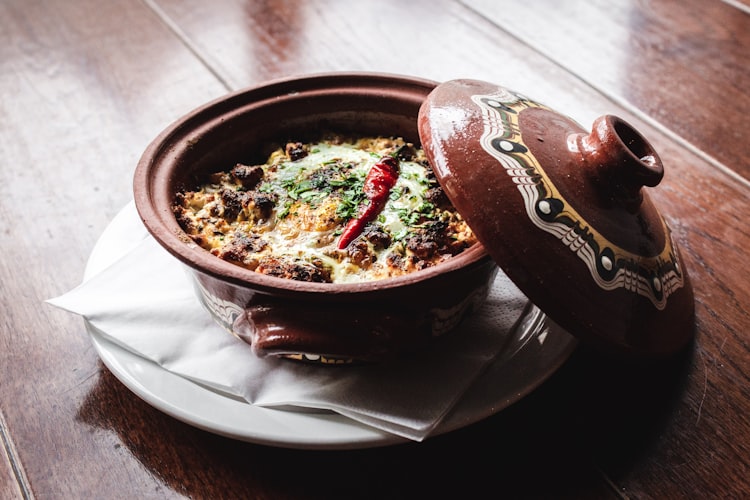

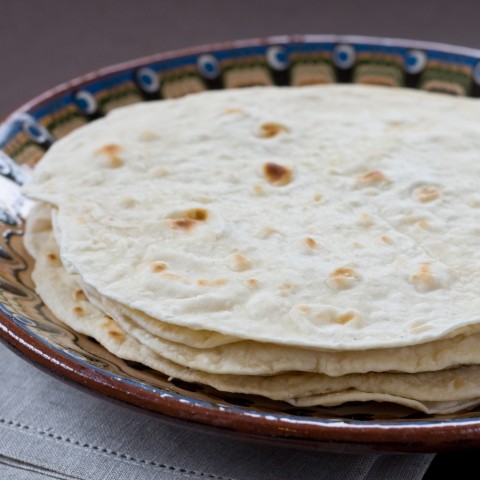
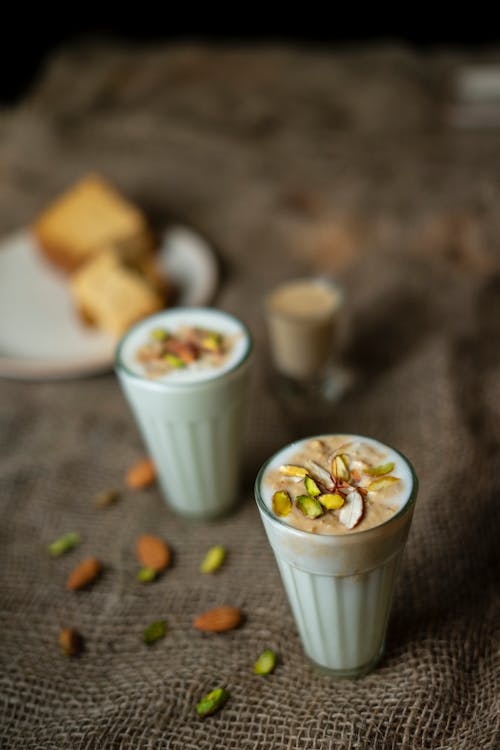
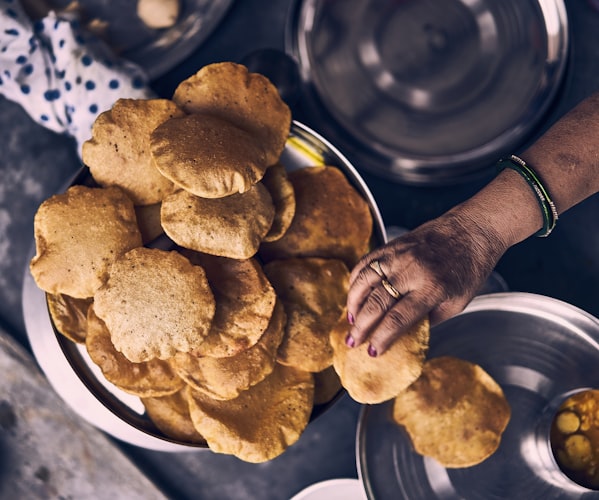

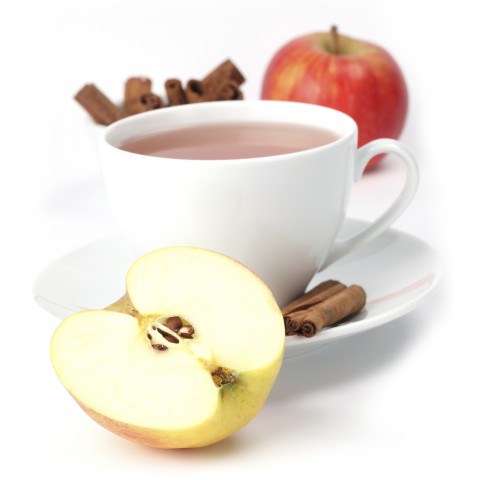

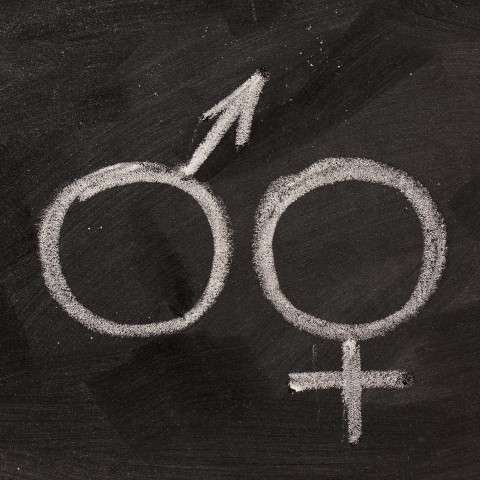
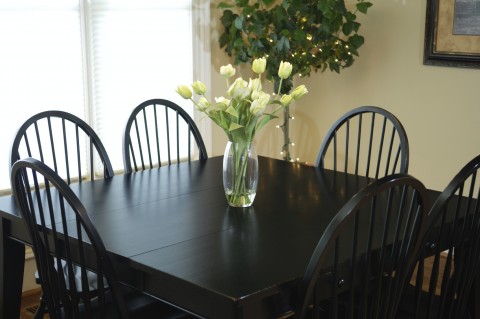






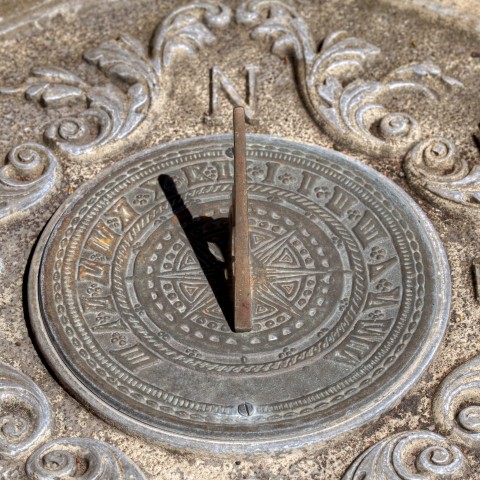
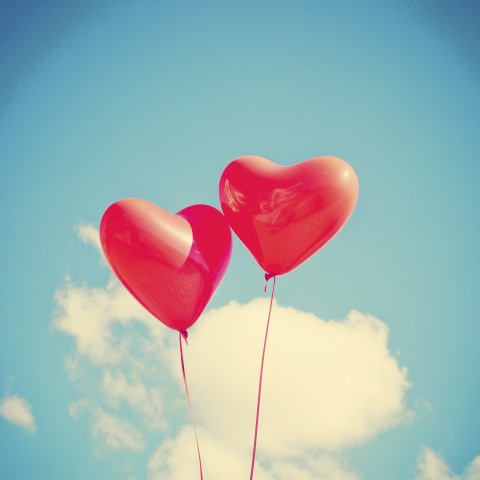
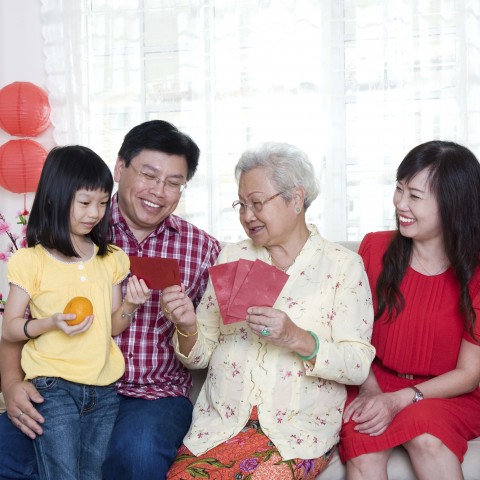

 Table of Contents
Table of Contents


















 Table of Contents
Table of Contents

